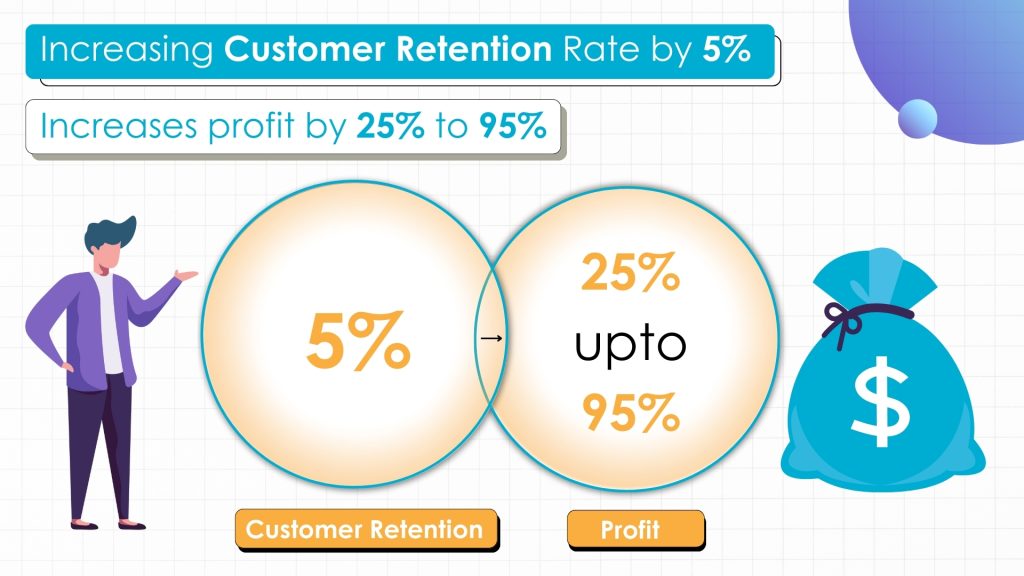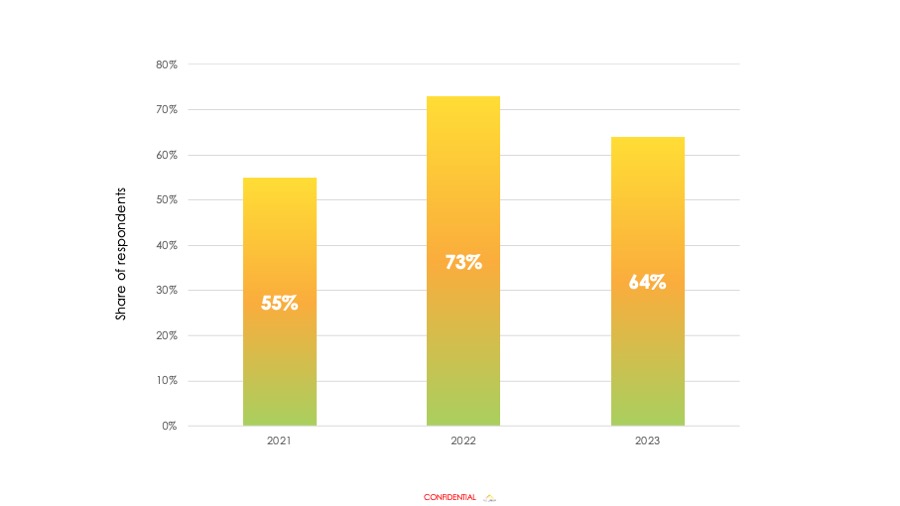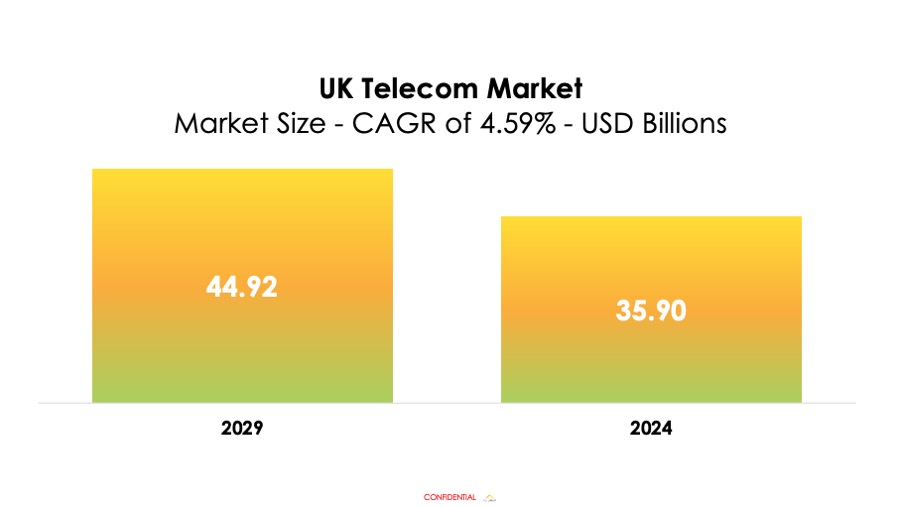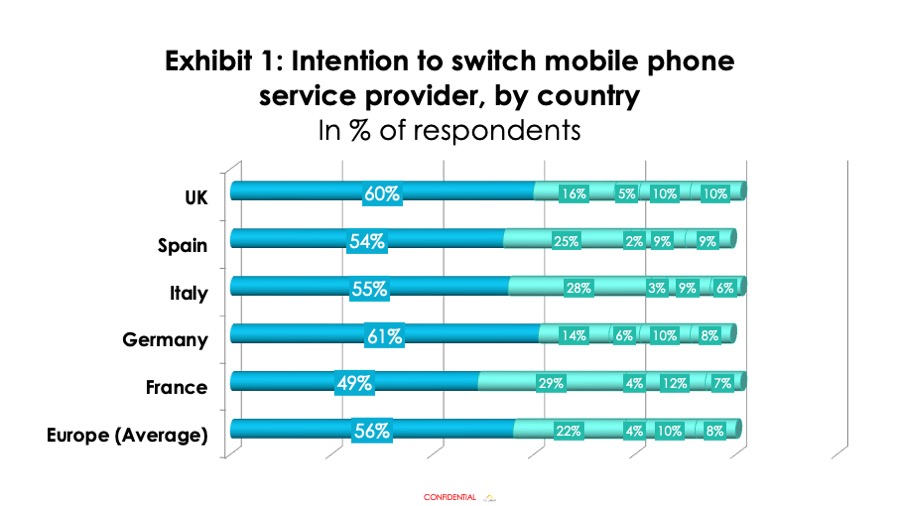Introduction
Connecting to customers greatly matters in the connections industry, i.e., telecommunication. Now, connecting to customers is not just a task but a necessary component. Connections today have a wide connotation, which involves understanding customers’ requirements and exploring a common point where innovations and customers’ expectations meet.
According to the latest data available, the churn rate of the telecoms sector was around 27%.
This blog dives into the insights, trends, and strategies that impact the retention of telecom customers in the UK. We will also discuss how companies achieve and surpass customer expectations. And also, the prospects and intricacies of thriving in an extremely competitive market will be explored.
The Bottom Line Impact: Why Retaining Customers is Crucial
Focusing on retaining existing customers is more beneficial as companies prioritizing customer retention over acquisition are 60% more profitable.
A company deploys strategies and methods to hold their loyal customers’ base and avoid defections and this is known as Customer Retention. Customer retention is scene which expands beyond satisfaction. Its objective is to develop lasting relationships with the customer that survive competition and market fluctuations.

Loyal customers provide a steady revenue stream, are more certain to buy additional products or services, and can become brand advocates, bringing in new customers through positive word-of-mouth.
Regarding about word-of-mouth promotion, 60% of loyal customers share their favorite brand with friends and family.

Insights to Action: Diving into data of customer retention in the UK telecom sector
71.5% of UK consumers said they prefer to purchase from the same brand, compared to 65.6% of global shoppers.
The UK government plans to provide 5G signal to most of the population by 2027, 15 million additional premises connected to full fibre by 2025, and total fibre coverage across the country by 2033.
Customers’ percentage who regarded themselves as loyal to specific retailers, brands, or stores in the UK from 2021 to 2023

Telecom sector challenges in Customer Retention: Turning One-Timers into Lifelong Fans

In 2023, there were 111.8 million mobile subscriptions, 87 million active mobile devices, and 25 million connected things in the UK.
In today’s hyper-competitive and fast-evolving UK telecom industry, the battle is not to acquire customers but to retain them as it is cost-effective.

Evolving Dynamics of Customer Expectations in Telecom
- Service Quality: In this digital age, when everything is just a click or tap away, customers have high-speed internet and a clear communication channel. And how are telecom providers going to deliver this? Through investment in infrastructure development and robust technology.
- Personalized Experiences: Nothing appeals a customer more than a targeted offer that matches his current requirement and desire. And this is where businesses can foster loyalty by displaying their understanding of a customer’s needs.
Strategies for Sustainable Growth: Retaining Your Valued Customers
Recent data shows that switching is becoming an increasingly popular option in the UK, growing by 60%.
- 1. Insights powered by Data- You can predict the customer’s choices and requirements by leveraging their data. You can create customized recommendations and marketing approaches by looking at their feedback and usage patterns.
- 2. Hands-on Customer Service: Dissatisfaction can be curbed by open communication and swift resolution of issues. However, deploying AI-driven chatbots that provide prompt replies and a set of well-trained and calibrated agents can elevate customer satisfaction.
67% of customers will remain with a brand if their issue is resolved during their first interaction with the support representative.
- 3. A revolving circle of Customer Feedback: : One of the most effective ways of identifying issues and exploring improvement methods is giving customers ears through surveys or focus groups. Once you respond to that feedback, it shows your dedication and commitment to the customers.
In the UK, 75% of consumers select brands that offer rewards, highlighting the appeal of loyalty programs in promoting customer engagement and loyalty.
- 4. Value Added Services: Additional services and offers make it difficult for customers to leave a brand, and ultimately, loyalty is achieved. Of course, who doesn’t like loyalty rewards, special discounts, and exclusive offers? These additional services leave an imprint that goes beyond just providing telecom services.
Closing words!
A balancing act of technological advancement and tailored approach towards customers is needed in the super competitive and dynamic UK telecom industry. Customers’ data can be leveraged to know what they want and enhanced customer service can be delivered. Customer churn and loyalty can be fostered by showing the customers that no one knows them better than you.
To stay ahead of competitors companies, need to keep up with latest trends. As the aim should be not only retaining customers but creating brand advocates.
Want to explore how cutting-edge AI can help telecoms reduce churn before it happens? Check out our deep dive: Reducing Telecom Churn with Agentic AI, where we discuss:
What telecom churn really is and why it’s such a critical metric
How Agentic AI uses predictive analytics, NLP, and machine learning to spot churn risk
Techniques for hyper-personalized offers and automated support
Steps for implementation: data, platform selection, training, feedback loops
Real-world insights and ROI potential




